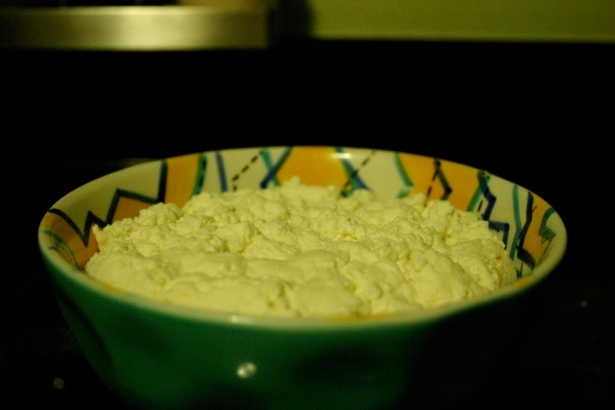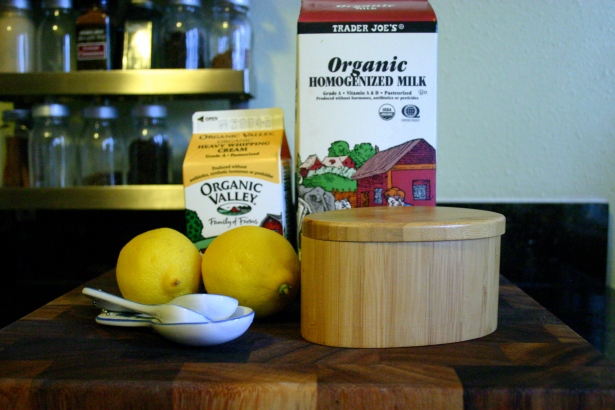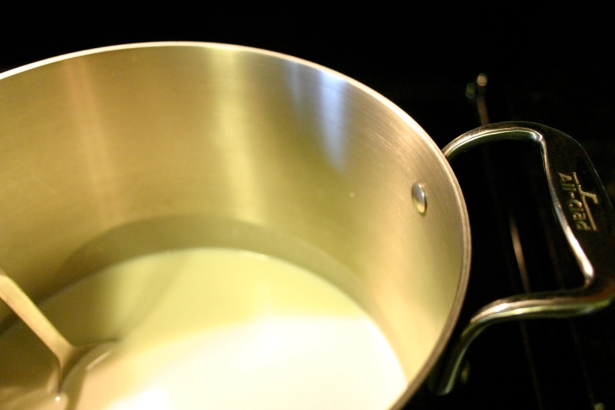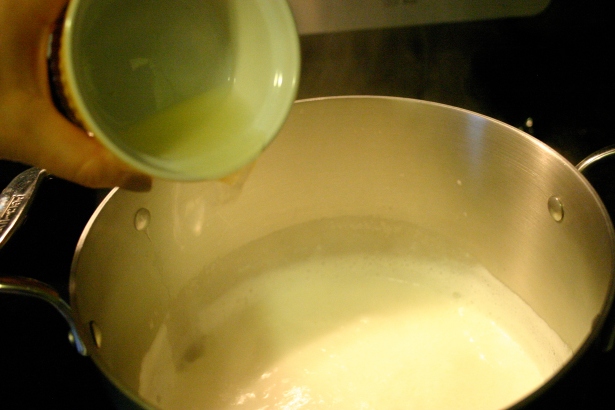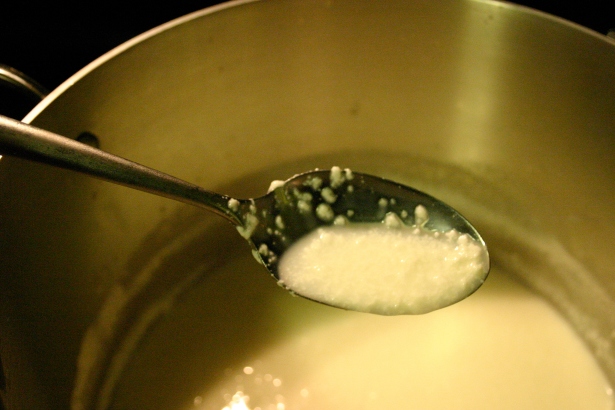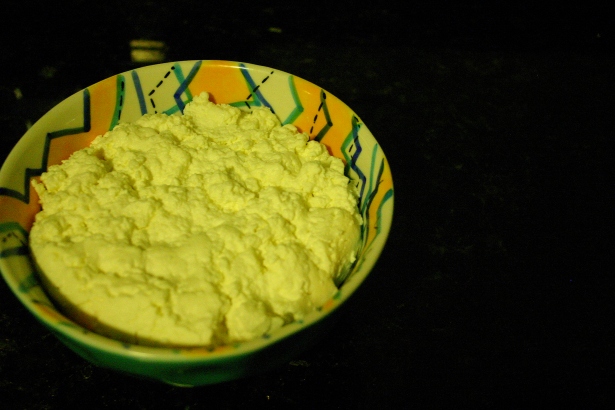 When you look at the label of a high-quality bottle of vanilla extract, you’ll generally find two ingredients: alcohol and vanilla. It’s true–one of the most expensive and commonly used baking ingredients is really that simple. In fact, vanilla extract can easily be made at home with a little patience and…well, more patience. Surprised? I was.
When you look at the label of a high-quality bottle of vanilla extract, you’ll generally find two ingredients: alcohol and vanilla. It’s true–one of the most expensive and commonly used baking ingredients is really that simple. In fact, vanilla extract can easily be made at home with a little patience and…well, more patience. Surprised? I was.
I’ll start with the bad news: this isn’t going to be an instant gratification project. It will be the exact opposite actually. Two whole months of waiting, watching the contents of the bottle slowly grow darker and darker until it resembles real vanilla extract. The good news: it is well worth the wait! Once your extract peaks, you can keep topping the bottle off with more alcohol as you use it. The same vanilla beans will continue to give flavor.
Making your own vanilla extract also gives you full creative license over the flavors. Different types of vanilla will produce subtly different results–including Madagascar, Tahitian, and Mexican to name a few. The alcohol you choose to use will also affect the flavor of the extract. Vodka is virtually flavorless and will yield the most clean vanilla taste. On the other hand, rum adds another dimension of flavor that pairs well with so many baked goods. I chose to use rum because I like the extra spice it gives my pumpkin pies, cakes, and cookies.
With the holiday season coming up, vanilla extract also makes a fabulous gift! Friends and family will be impressed by your mad kitchen skills. If you want to make a larger batch, just use the 3 vanilla beans:1 cup alcohol ratio.
Homemade Vanilla Extract
- 3 vanilla beans
- 1 cup vodka or rum
- Using the tip of a sharp knife, split the vanilla beans in half, leaving an inch on each end intact.
- Place the beans inside a sterilized bottle or jar and fill with your choice of alcohol. Secure the bottle or jar with an airtight lid and place in a cool, dark place.
- Gently shake up the bottle about once a week. Vanilla should be ready to use after 2 months.
 I picked up these gorgeous Madagascar vanilla beans from World Spice Merchants downtown.
I picked up these gorgeous Madagascar vanilla beans from World Spice Merchants downtown.
 Carefully cut the vanilla beans down the center, leaving an inch on each end intact.
Carefully cut the vanilla beans down the center, leaving an inch on each end intact.
 I decided to use rum since I like the extra kick it gives my baked goods. You can also use vodka for a cleaner vanilla flavor.
I decided to use rum since I like the extra kick it gives my baked goods. You can also use vodka for a cleaner vanilla flavor.
 And the waiting begins! When you are ready to use your vanilla, there may be a few specks of vanilla bean floating around in the extract. Generally, I don’t see this as a problem–it’s just extra flavor! However, if this bothers you, you can easily strain the extract through a coffee filter before using.
And the waiting begins! When you are ready to use your vanilla, there may be a few specks of vanilla bean floating around in the extract. Generally, I don’t see this as a problem–it’s just extra flavor! However, if this bothers you, you can easily strain the extract through a coffee filter before using.







